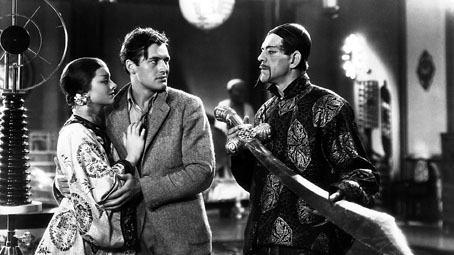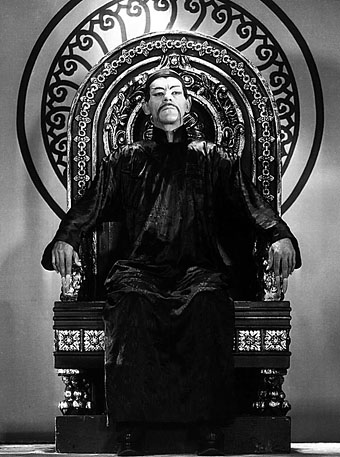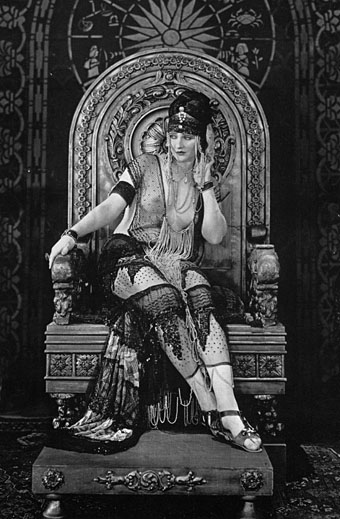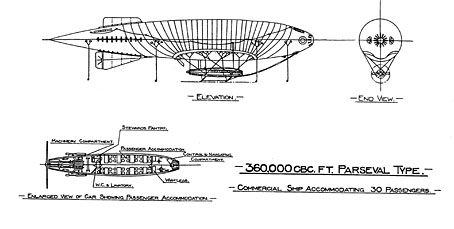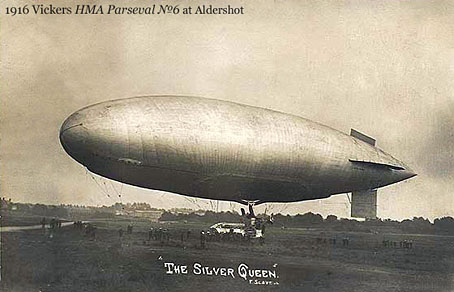Wolf Man, Dracula and the beasts that gave birth to cinematic horror | David Thomson on Universal and its stars.
Category: {film}
Film
The Mask of Fu Manchu
Myrna Loy, Charles Starrett and Boris Karloff.
Los Alamos ranch school where they later made the atom bomb and couldn’t wait to drop it on the yellow peril. The boys are sittin’ on logs and rocks eating some sort of food there’s a stream at the end of a slope. The counsellor was a southerner with a politician’s look about him. He told us stories by the camp fire culled from the racist garbage of the insidious Sax Rohmer. “East is evil, west is good.”
William Burroughs
More pulp, and yes, it’s still racist garbage but Charles Brabin’s 1932 film which stars Boris Karloff as Sax Rohmer’s Oriental super-villain has its pleasures if you look past the severely dated attitudes. Together with The Black Cat (1934), where Boris plays a Satan-worshipping Modernist architect (!), this is one of the best non-Frankenstein Karloff films of the 1930s, as I was reminded this weekend when re-watching it along with several Sherlock Holmes episodes.
Christopher Lee is elegantly diabolical in the later Fu Manchu films but their cheap budgets force him to skulk around in dismal underground lairs. Karloff’s Doctor has a lavish Art Deco pad whose huge rooms are furnished with a noisy Van de Graaff generator and other scientific apparatus, plus a series of torture rooms where his guests may endure death by encroaching spikes (the “Slim Silver Fingers”), being lowered into an alligator pit, or driven mad by the incessant tolling of a giant bell. I happened to notice that the Doctor’s throne is quite possibly the same one (with a fresh coat of paint) as was used a decade earlier by a notoriously unclad Betty Blythe in The Queen of Sheba (1921), a lavish silent epic which is now unfortunately lost.
Betty Blythe as the Queen of Sheba.
The flaunting of Ms. Blythe’s breasts were one of the many occurrences which led to Hollywood’s adoption of the Hays Code in the 1930s, although the Code’s full effects weren’t felt until later in the decade. The notable scene in The Mask of Fu Manchu where hunk Charles Starrett appears strapped to a table dressed in nothing but a skimpy loin cloth (having previously been thrashed by Fu’s lustful daughter) would have been toned down considerably had the film been made a few years later. All the more reason to watch it today, such scenes only add to the fun.
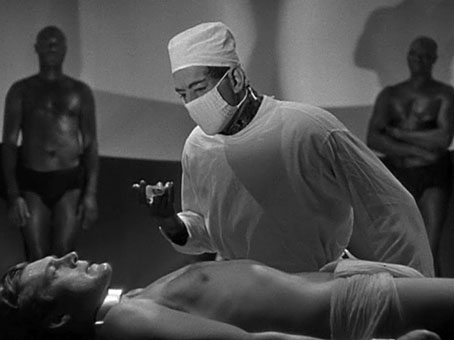
The Doctor prepares to inject his captive with a serum which will turn the man into a compliant slave.
• The Mask of Fu Manchu | A page about the original serial, the subsequent novel and its illustrators.
Previously on { feuilleton }
• Wladyslaw Benda
Weekend links 1
• Two covers from a new range of Penguin reprints for the AIDS awareness fund (RED), all of which are based around quotes from the books in question. Non-Format‘s stylised extract concerns the blazing red of the Count’s eyes while Coralie Bickford-Smith plays some Tom Phillips games with the text of The Secret Agent. The random circles no doubt relate to those which the doomed Stevie Verloc occupies his time in drawing. More at Caustic Cover Critic.
• Artspeak? It’s complicated. Jon Canter at The Guardian makes a blazingly obvious point which few in the art world would ever admit: that the specious pronouncements of many galleries and contemporary artists are the worst kind of bullshit.
• I helped judge the Ballardian/Savoy Microfiction competition whose winners were announced last week.
• Designer Jonathan Barnbrook enjoys Neu! and Wendy Carlos.
• Nuit Blanche, a short film by Spy Films.
Elsewhere on { feuilleton }
• The book covers archive
Vickers Airship Catalogue
Just the thing for when you need to build your own… From a page of plans at Forgotten Futures. The photo of the Vickers Parseval craft is from this early aviation archive.
Meanwhile, my good friend Ed alerted me to a documentary film which will be released in March this year. Farewell is directed by Ditteke Mensink and uses archive footage to tell the story of Lady Grace Drummond-Hay, the only female passenger on the first journey around the world of the Graf Zeppelin in 1929.
The voyage took 21 days and started off in New York. Via Friedrichshafen in Germany, across Siberia to Tokyo, across the Pacific Ocean to Los Angeles, the airship finally arrived back in New York greeted by much cheering and a ticker tape parade. During the adventurous trip the printing presses were working overtime, as it was followed closely and covered extensively. The voyage was a symbol of both technological progress and the improved relationship between two great nations: the United States and Germany. The outside world is unaware of the passionate love affair between Grace, a young widow, and Karl, a married man.
More at the film’s page here which includes a trailer. Looks fascinating, I’d love to see it.
Previously on { feuilleton }
• The Air Ship
• Dirigibles
• La route d’Armilia by Schuiten & Peeters
• The Airship Destroyer
• Zeppelin vs. Pterodactyls
Burroughs: The Movie
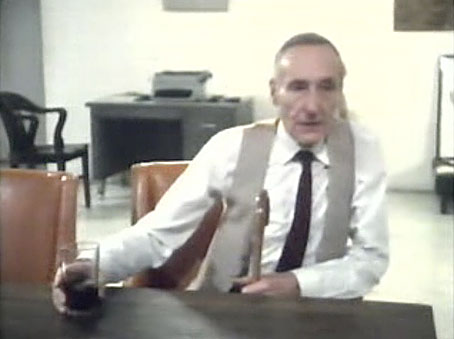
The author at home in his Bunker.
When I was writing last August about Yony Leyser’s new Burroughs documentary William S Burroughs: A Man Within I mentioned Howard Brookner’s 1983 film, Burroughs, a 90-minute study of the writer’s life and work that as a film biography remains definitive. Brookner was fortunate to capture all the surviving Beats (including Ginsberg and Gysin) and also family members like Burroughs’ son, William Jr. (who died shortly after filming), and his brother, Mortimer. If you’re interested in Burroughs and have never seen Brookner’s film it’s essential viewing, so it’s good news that Ubuweb has turned up a blurry copy (which they’ve titled Burroughs The Movie) taken from the BBC’s Arena screening shown after the writer’s death in 1997. As I recall, the beginning is slightly re-edited to make it an obituary piece but the rest of the film is complete.
Update: Ubuweb no longer hosts the film now that a reissue has been announced. The links have been removed here as a result.
Elsewhere on { feuilleton }
• The William Burroughs archive

